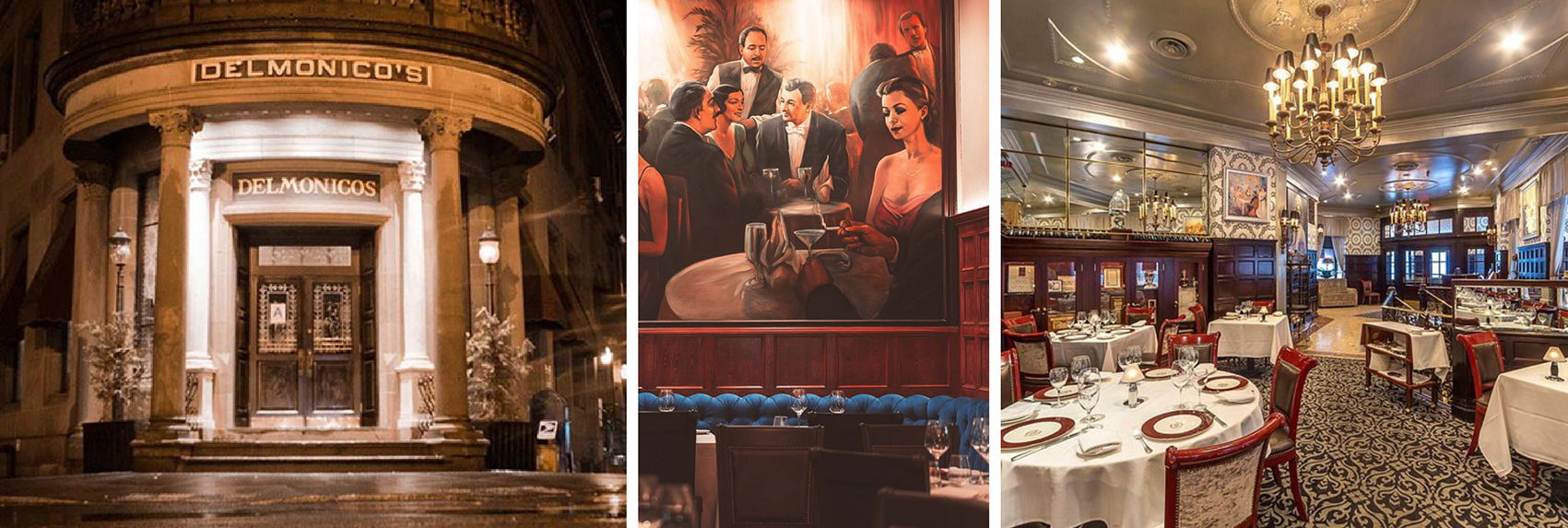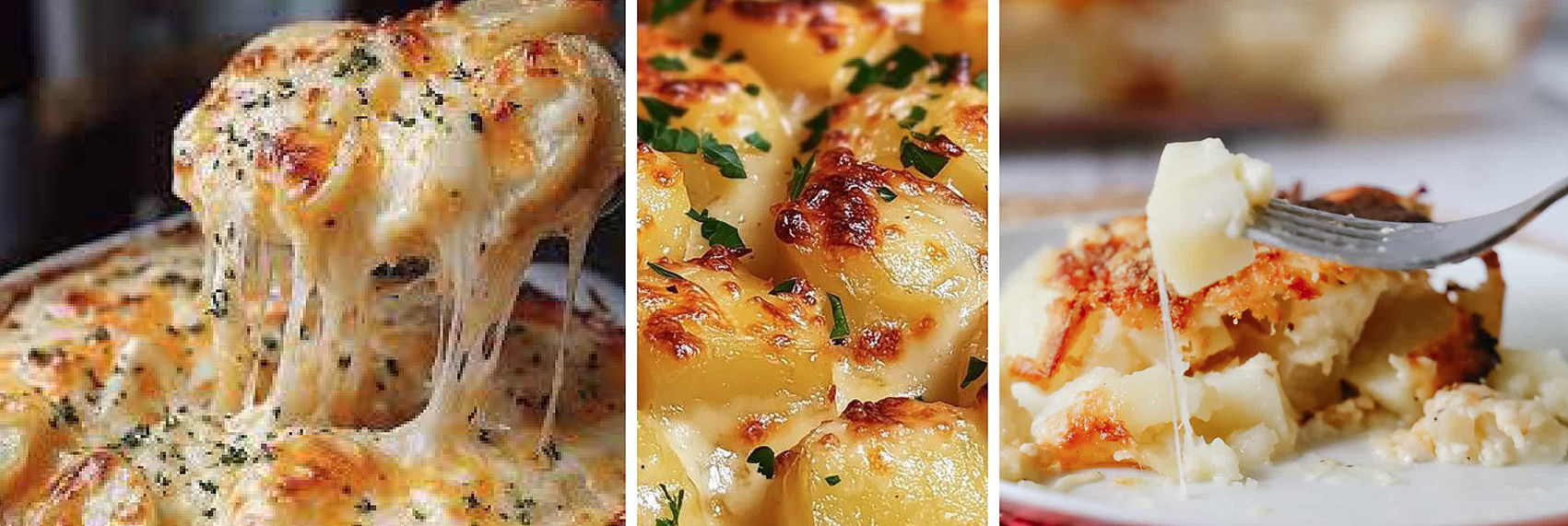THE POTATO DESERVES BETTER!
From a Centrepiece to a Sad Sidekick
In Britain, we've managed to do something quite shameful to the Gratin Dauphinoise.

Today it usually arrives on the plate in one of two forms:
- If you're lucky, it's a creamy sliced potato bake, comforting enough but still hiding meekly behind the main event.
- More often, it's a dry, cut-out rectangle - designed not for flavour but for presentation. Easy to stack, easy to plate, but utterly soulless.
And here's the thing: Gratin Dauphinoise was never designed to be a side show.
Born a Banquet Dish
It's first recorded appearance was in 1788 at a banquet in the Dauphiné, when the Duke of Clermont-Tonnerre served it to his officers in Gap. At the time, potatoes were still regarded with suspicion in France - considered animal fodder rather than fit for refined dining.Presenting them in a dish baked slowly with milk and cream was bold. Luxurious. A statement.
And in Alpine homes, it was no different. The gratin was baked in a large dish and set in the centre of the table. Bread, a green salad, maybe a little charcuterie - and everyone tucked in. It was humble, yes, but never an afterthought. It anchored the meal.

- The first mention of Gratin Dauphinoise dates to 1788, served at a noble banquet in Gap.
- At that time, potatoes were still mistrusted by many and often fed only to animals.
- The authentic version contained no cheese - the British habit of smothering it in Gruyère or Cheddar came later.
- It's cousin, the Gratin Savoyard, swaps cream for stock and layers of cheese.
When Looks Trump Flavour
Fast forward to now, and what do we see? Chefs serving what they call dauphinoise as a neat little brick or layered stack on the plate. Precision-cut, easy to handle, dry as the Sahara.
Why? Because they're more concerned about the look than the flavour. The cream cooked out until there's nothing left, so it doesn't "bleed sauce" across the plate.
It photographs well. It ticks the potato box. But it eats like wallpaper paste. That is not dauphinoise. That's vanity.
The Delmonico Curveball
Let me bring another potato into the mix: Delmonico potatoes.
I first came across them at catering college in Greater Manchester. Everything we studied was Escoffier-based, so of course I assumed Delmonico must be another French classic. How wrong l was.
The name comes from Delmonico's Restaurant in New York, the first true fine-dining restaurant in America in the 19th century. This was the place of innovation, sophistication, and firsts - the first à la carte menu in the States, the first to bring European dining standards to American tables.

- Delmonico's (opened 1827) was America's first fine-dining restaurant.
- 'Delmonico potatoes' featured on its menus, but nobody agrees what the dish actually was - some say diced in cream, others mashed and baked, others a gratin with cheese.
- The one certainty? The name carried weight. To order "Delmonico" anything was to order luxury.
Unlike the Gratin Dauphinoise, Delmonico potatoes may never have been designed as the star of the table. They were a supporting act in the theatre of New York dining. But here's the thing: my version can be centre stage- and often is.
My Version, My Spotlight
When I serve Delmonico potatoes, I do them my way. I start by gently cooking diced potatoes in seasoned water with whole cloves of garlic-letting that flavour soak in right from the beginning. Then I drain and coat them in a rich, silky cheese sauce, scented with the nuttiness of toasted garlic. Over the top goes a crumb of bread and herbs, finished with just enough mozzarella to give that irresistible stretch and a touch of theatre at the table.The result? Utterly unctuous, gooey, garlicky - and impossible to resist.

I once cooked them in France, half-expecting sniffy dismissal. Instead, I watched diners tearing bread into hunks and wiping their plates clean of the gooey cheese sauce.
They savoured every last morceaux. Not classical. Not traditional. But praise of the highest order - the humble potato back in the spotlight where it belongs.
Stop treating potatoes like plate-fillers and that's the point.
